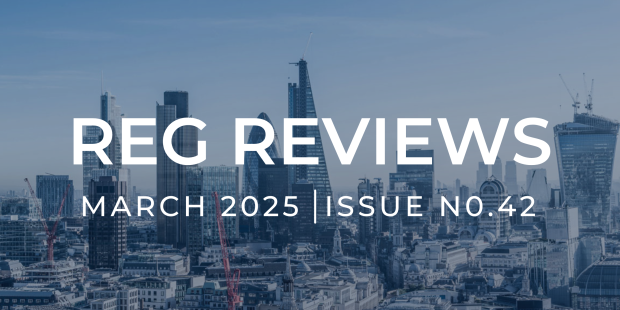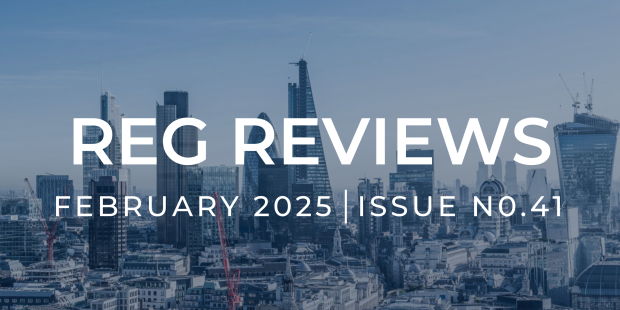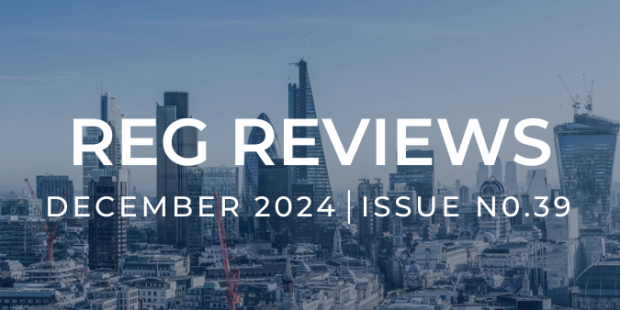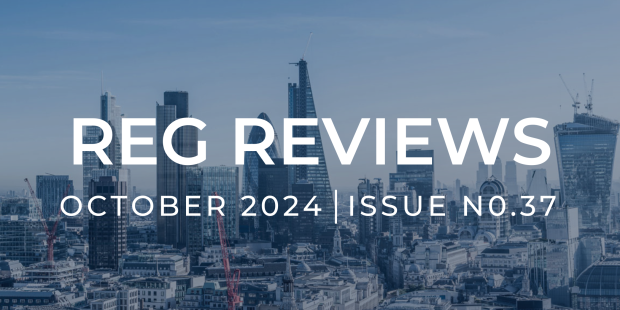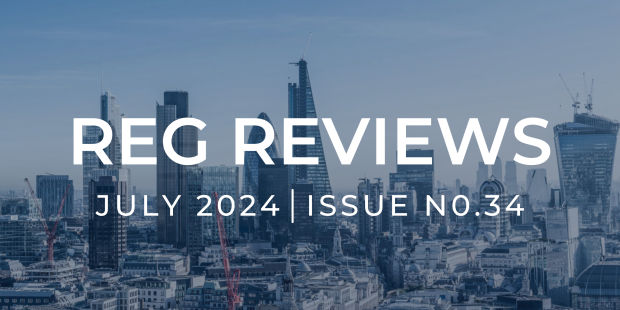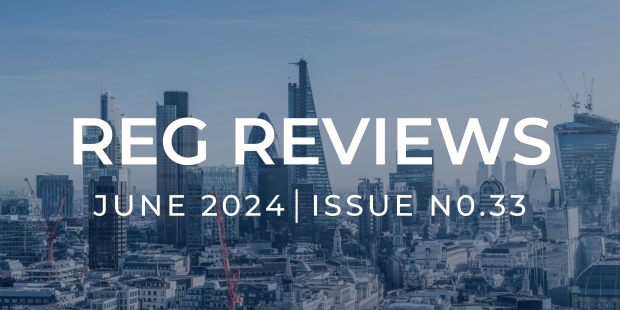The intensifying regulatory burden is taking its toll on many brokers, particularly smaller players that see regulations such as fair value and consumer duty to be administratively more daunting.
The goal of these regulations is clear; “Improve customer outcomes and deliver great value for policyholders” as mentioned by Insurance Times.
However, the problem reported is that for brokers, this sheer amount of reporting, paperwork and administrative tasks has left them unsure how to proceed.
Some of the smaller brokers have even decided to sell their business rather than taking the responsibility for the enhanced rules and requirements.
According to Davis Spakes, BIBA’s Regulation Director; “The Consumer Duty provides that useful reminder, if one was needed, to focus on customer needs – something that brokers are particularly good at anyway”.
He also adds; “That part hasn’t added any amount of day-to-day work for brokers to do, because it’s their bread and butter – and the concept of Fair Value is certainly one we support, because it brings that welcome focus towards what customers are getting for their money, instead of just focusing on the price of the product. But, at the same time, there’s a lot of admin that’s part of the regulatory framework that goes with this, which members probably feel doesn’t add value.”
Moreover, Sparkes believes that “inconsistent and excessive documentation requirements” are the main issue, including how manual these tasks are with so many forms to fill in and documents to send.
While brokers’ concern should be taken into consideration by the FCA and the industry as a whole, right now these laws just can’t be neglected.
Adopting proper technology solutions to do the heavy lifting is one of the proposed ways brokers can adapt and stay ahead of the curve, and not be forced to take action such as closing business.
RegTech, in particular, automates all of these legacy processes Sparkes mentioned, and would easily enable brokers to focus more on their business, while letting the software automate all the manual processes that come with sharing, analysing and acquiring necessary information and data across the chain.
During REG’s recent webinar with Insurance Post, “Easing the Regulatory Burden to Allow Insurers and MGAs to Prosper,” Steven Folkard, Chief Risk & Compliance Officer at Jensten Group stated that; “Smaller players who don’t embrace tech will run the risk of not being able to deliver the processes they’re required to by the rules and regulations which presents regulatory risks for them and larger players will just naturally gravitate to it because it’s the commercially sensible thing to do.”
Branko Bjelobaba, Principal at Compliance Consultancy Branko, believes that brokers must “take ownership of the compliance process” rather than trying to run away from it.
Brokers who view regulation as just another expense may be missing the bigger picture. Investing in the right systems not only streamlines compliance but can also prevent costly fines down the line. In the long run, the price of non-compliance far outweighs the investment in the right tools.


















